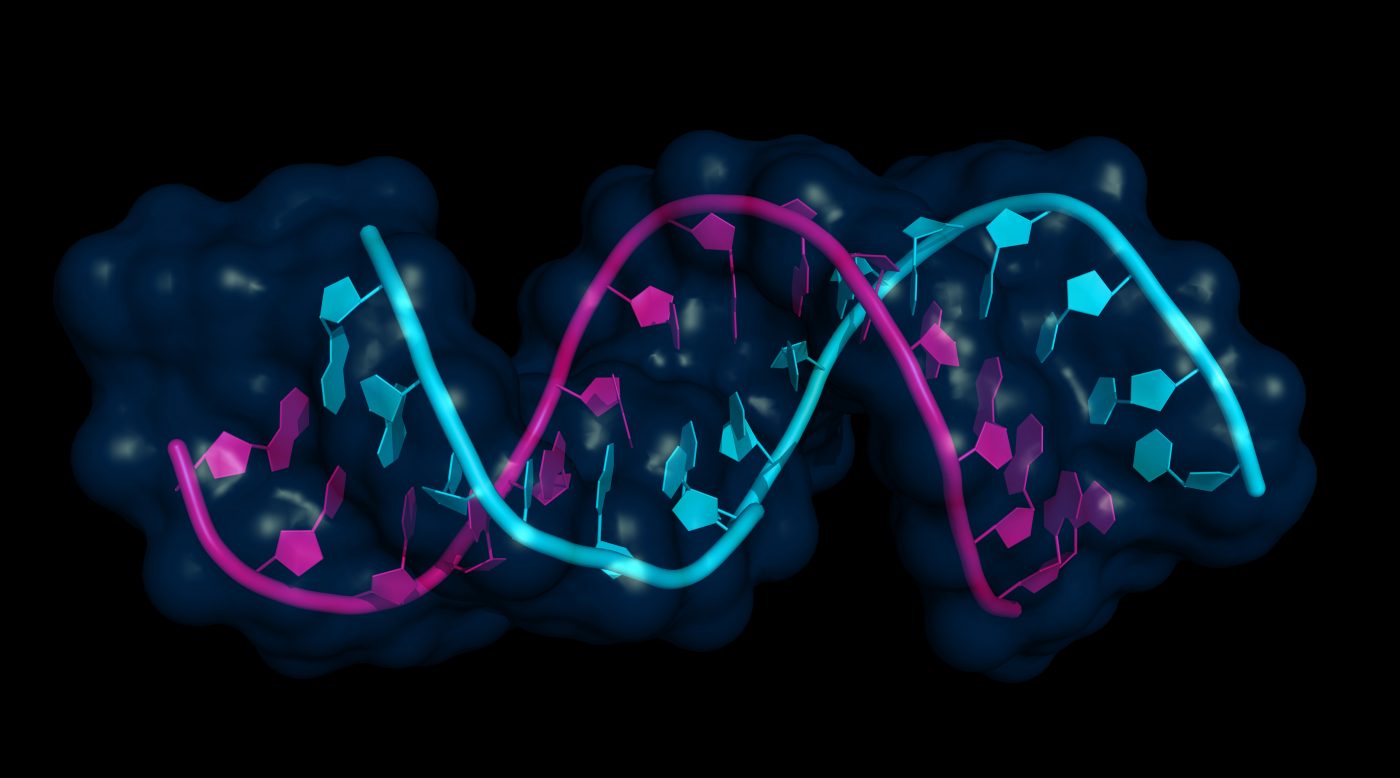Special RNA Molecules Important in Muscular Dystrophy
by |

Messenger RNA (mRNA) and DNA are commonly thought of as the workhorse nucleic acids of a cell. Specialized proteins within a cell transcribe DNA strands into mRNA strands, which are then translated into proteins. Within a cell, there exist other types of nucleic acids that play important roles in maintaining homeostasis within the cell. However, these other nucleic acids, known as non-coding RNAs (ncRNAs), can also contribute to the pathophysiology of certain muscular diseases such as muscular dystrophy.
Two types of ncRNAs have been associated with muscular dystrophy: microRNAs (miRNAs) and long noncoding RNAs (lncRNAs). The biology field has been increasing the knowledge base around these special RNA molecules, with the importance of these molecules in diseases not being established until the past decade. In general, it is known that miRNAs bind to mRNAs to prevent protein translation, while lncRNAs play lesser roles in regulating cell functions.
The authors of “Noncoding RNAs, Emerging Regulators of Skeletal Muscle Development and Diseases,” which was published in BioMed Research International, were among the first to discover miRNAs in skeletal muscle. In this article, they indicated that miRNAs are involved in muscular dystrophy in much the same way they are involved in myogenesis, or production of new muscle. Some of the main miRNAs highly expressed and separated from muscular dystrophy patient serum include miR-1, miR-133, and miR-206. “This is consistent with their known role in myogenesis, since there is constant muscle degeneration and regeneration in dystrophic muscle, which requires the upregulation of these miRNAs to direct appropriate myogenic differentiation,” the authors wrote.
Concerning lncRNAs, the authors indicated that they can serve as molecular decoys to regulate muscle differentiation. For example, the lncRNA known as linc-MD1, which was the first known muscle lncRNA, is necessary for correct muscle differentiation. This is because it can regulate the activity of Myocyte Enhancer Factor 2C and Mastermind-like protein 1, two proteins important for building muscle. lncRNAs can actually be connected to miRNAs, as lncRNA performs its regulation in part through miR-133 and miR-135.
“The discovery of noncoding RNAs (miRNAs and lncRNAs) has dramatically expanded our understanding of how gene expression is regulated,” noted the authors. “With the increasing number of publications regarding miRNA function in skeletal muscles, it has become clear that miRNAs are an integral part of myogenic regulatory networks.” Some of these publications involve new drug targets that specifically interact with ncRNAs. The more that is understood about these interactions, the more potential therapeutics will be available for muscular dystrophy patients.







